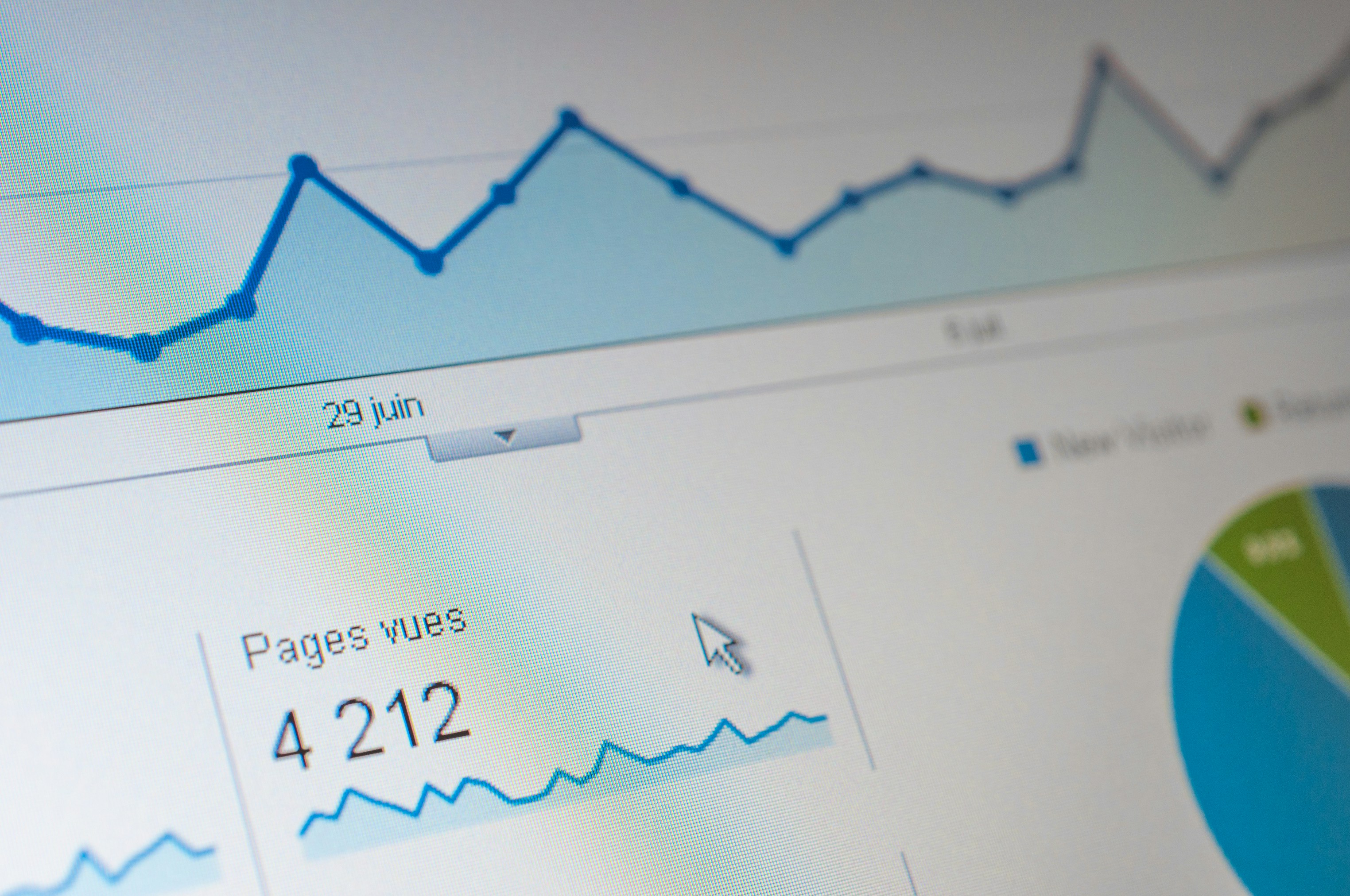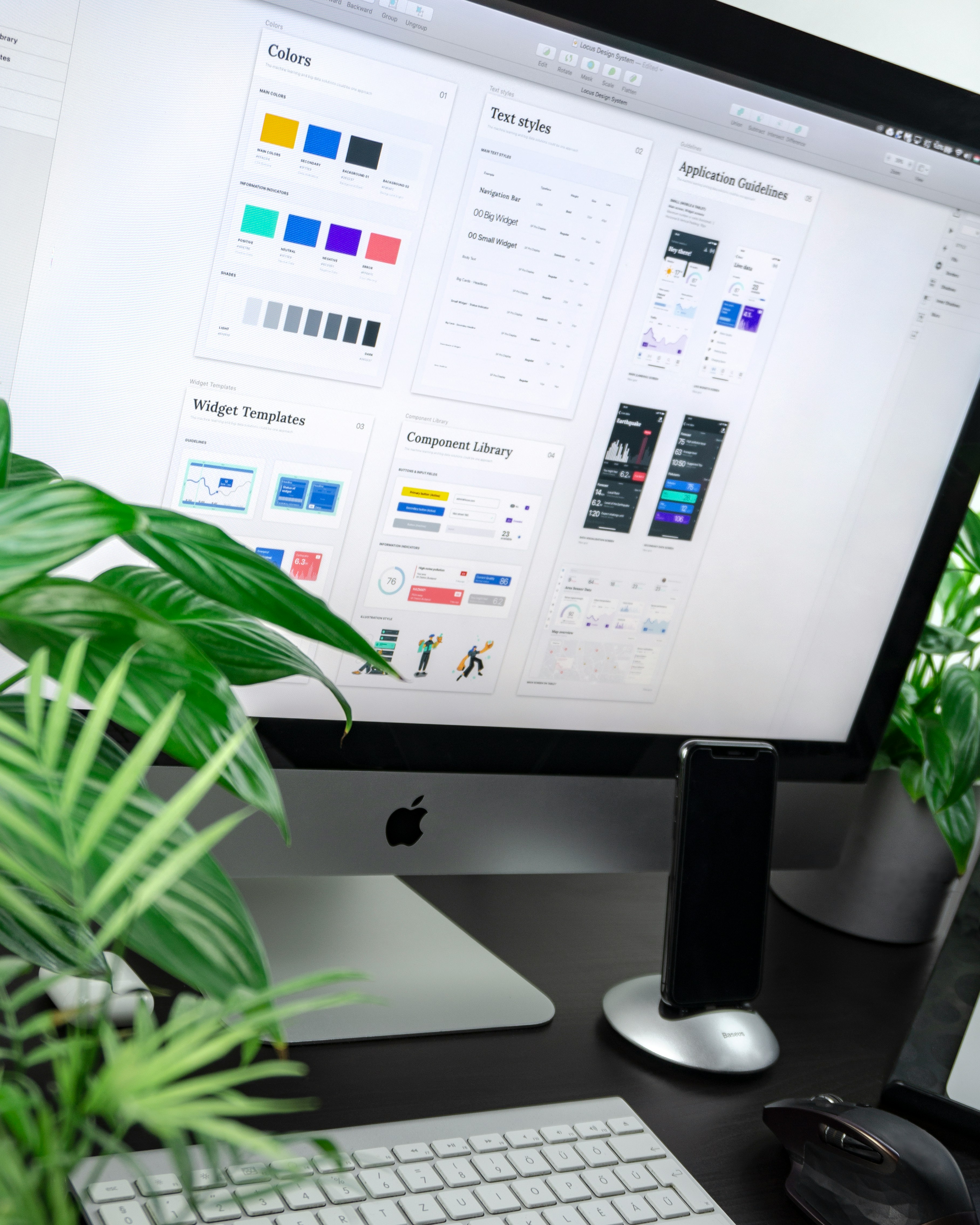A list of words used by a website designer or website developer explained in a simple way:
Here are some of the web design and web development terms used within our website.
The list could be endless but it will give you an insight into the terminology used by a web designer or web developer.
Website Design
Website design covers the look and layout of your website.
A good website designer will take into account you company logo, branding, image you want to portray, usability and much more when designing the look of your website.
Website Development
Website development covers the technical side of a website i.e. how the website works, creating links and pages.
A website developer will take the design and turn it into a usable website.
Search Engine Optimisation (SEO)
Search Engine Optimisation, essential if you want your website to rank high in search engines like Google and Yahoo and for it to be found on.
Content Management System (CMS)
A content management system will allow you to make changes to your website by yourself. These changes can include text, videos, links, images, as well as managing products, blog and news items.
Without content management system, you will need to pay your website developer to make the changes for you.
Contact Us Form
A basic contact page will contain your contact details i.e. Name, address, phone number etc. A step up from this would contain your contact details and ability to have a link, which when clicked on will open up the users own e-mail client e.g. Gmail, Outlook express.
The next step up from this contains your contact details, a Google map to show where, for example your office is based and an enquiry form for visitors to fill in that is directly sent to you as an e-mail.
E-Commerce
If you want to sell products or services online, you will need an e-commerce website. Depending on your budget and e-commerce package that you buy, you can add/edit/delete products, keep an inventory of stock, take payment etc.
Domain Name
A domain name is the web address people use to find you or your company online. This address or URL is typed into the browsers address bar.
Hosting
Web hosting is a service provided by a company. Subscribing / paying for a hosting service allows your web pages and files to be stored so that people all around the world can access your website.
Sitemap
A sitemap lists all the pages on a website.It is important to have one for your website as it helps with search engine optimisation.
Image Optimisation
Image optimisation reduces the file size of images e.g. online images and photos, without any noticeable visual degradation. Optimising your images will allow your images to load quickly, save bandwidth and reduce server space. If your images are too big, it will take your web pages a long time to load, which could end up losing you visitors to your website.
Blog
A blog can be a website or part of a website. It can take the form of a diary, latest events, information, somewhere to post latest news or personal thoughts, as a soapbox, somewhere to post links, it can be used for many different purposes.
Podcast
A podcast is an audio or video file that is available to listen to or watch on the internet.
X, LinkedIn, Instagram, Facebook
These are popular social networking services. They are a way of sharing information about your business, products or services. They can be used for keeping up to date on what is happening to an individual or company.
IP Address
This is a unique number that is given to every computer connected to the internet.
Browser
You use a browser to browse the internet to find websites. The most popular ones are Internet Explorer, Google Chrome, Safari and Mozilla Firefox.
URL
A URL is the address of a web page and is typed into the browser. It begins with https:// and is most commonly followed by www.
Server
A server is a computer that provides you with the information you request. It provides resources or services to other computers. There are different types of servers such as file servers, web servers and print servers. When it comes to web servers, the more powerful the server is, the quicker it can serve web pages.
Portable Document Format (PDF). It was developed by Adobe to allow information, such as documents to be transferred and viewed between different types of computers and allows for them to be printed on different printers and still look the same. It also allows files to be shared with restricted viewing, printing and editing.
Cookie
These are small text files that are put on your computer. They are normally used by some websites to remember who you are when you visit a website.
PHP
PHP is a programming language used to build interactivity into websites e.g. to contact us forms, and functions for creating and manipulating graphics.





